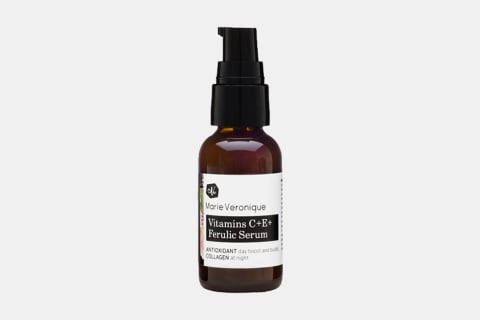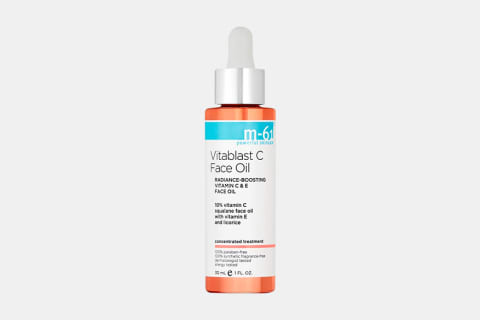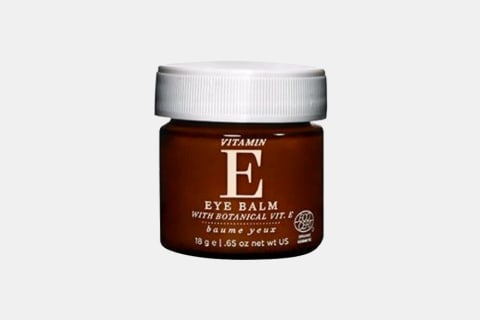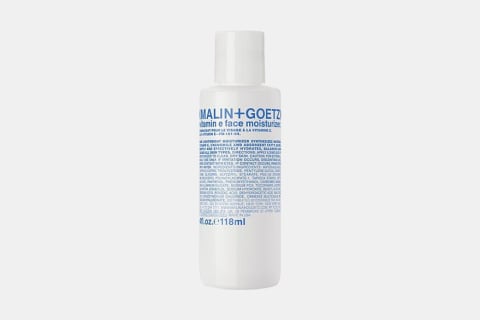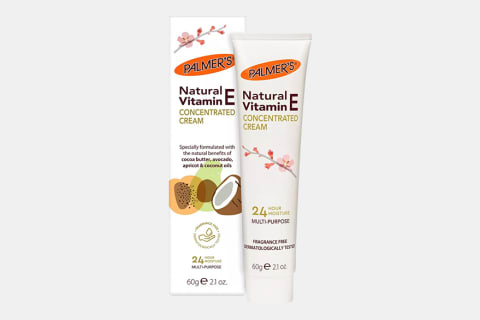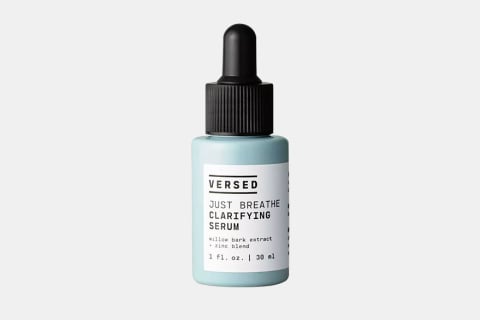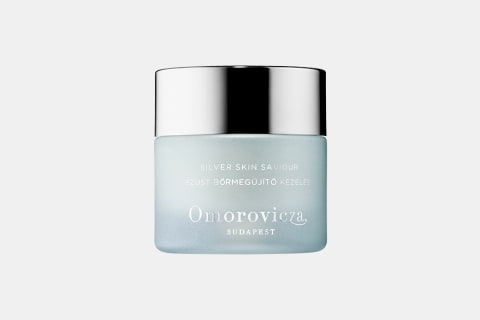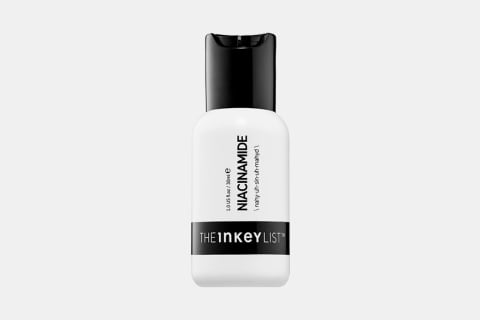The cycle, of course, has to start somewhere: Our body naturally creates free radicals as a byproduct of cell metabolism1 but also by coming into contact with external aggressors like UV exposure, blue light, smoking, pollution, inflammation, and so on. When this happens, your body is put through what’s called oxidative stress. Here’s a thorough explainer on oxidative stress—read up, it’s worth understanding—but an abbreviated definition is it’s an imbalance of free radicals and antioxidants in the body. Cool scary-sounding science jargon, right? But what does that actually mean? A whole lot, it turns out: “Free radicals lead to changes in the cell that are recognized as signs of aging: decreased collagen and elastin, increased pore size, increased textural changes and changes in pigmentation,” says Morgan Rabach, M.D., board-certified dermatologist and co-founder of LM Medical NYC. So when you apply antioxidants (or ingest, but that’s an entirely different topic, which you can learn about here), they stabilize free radicals by donating an electron. Or they might make free radicals harmless by breaking them down. And what’s even more impressive is that antioxidants don’t turn into free radicals themselves after giving away an electron.


